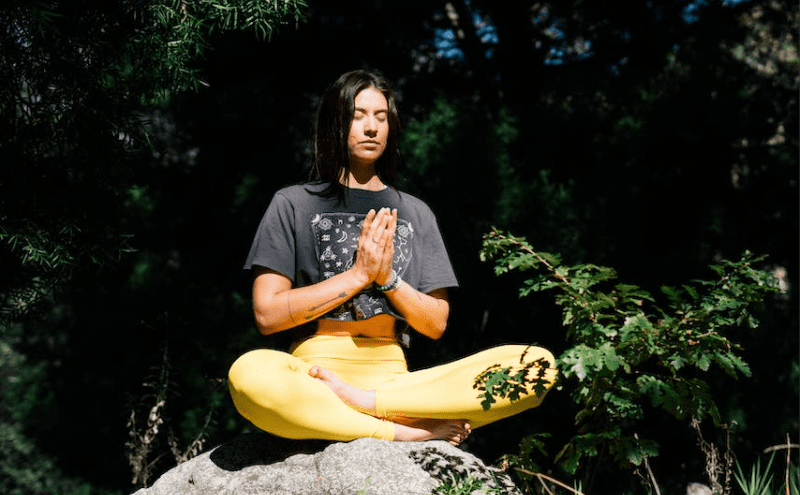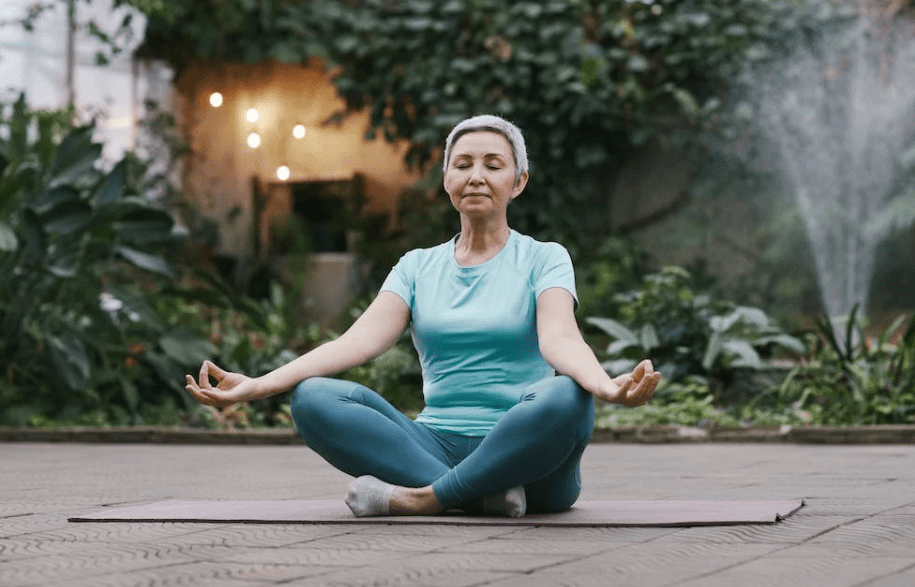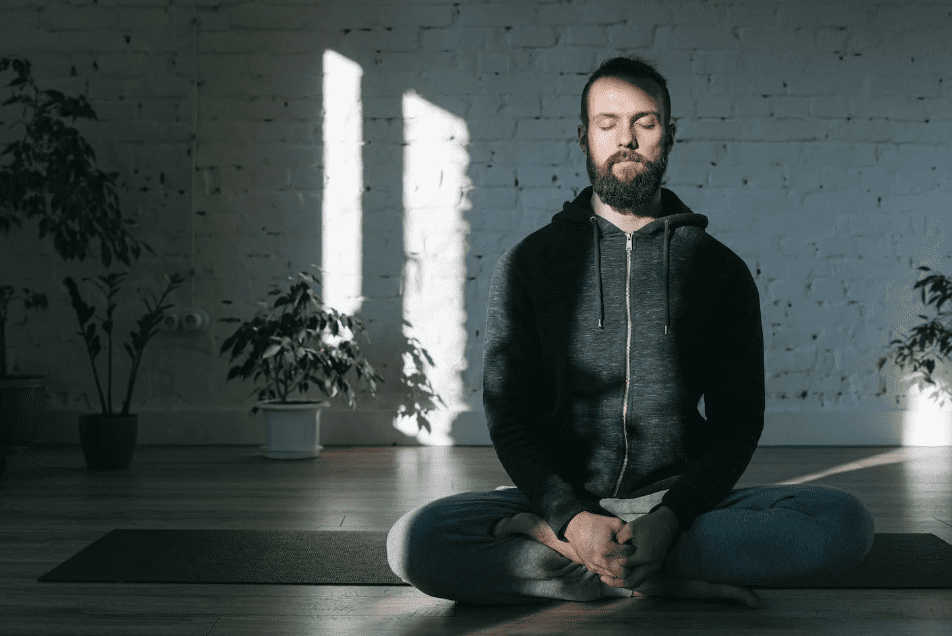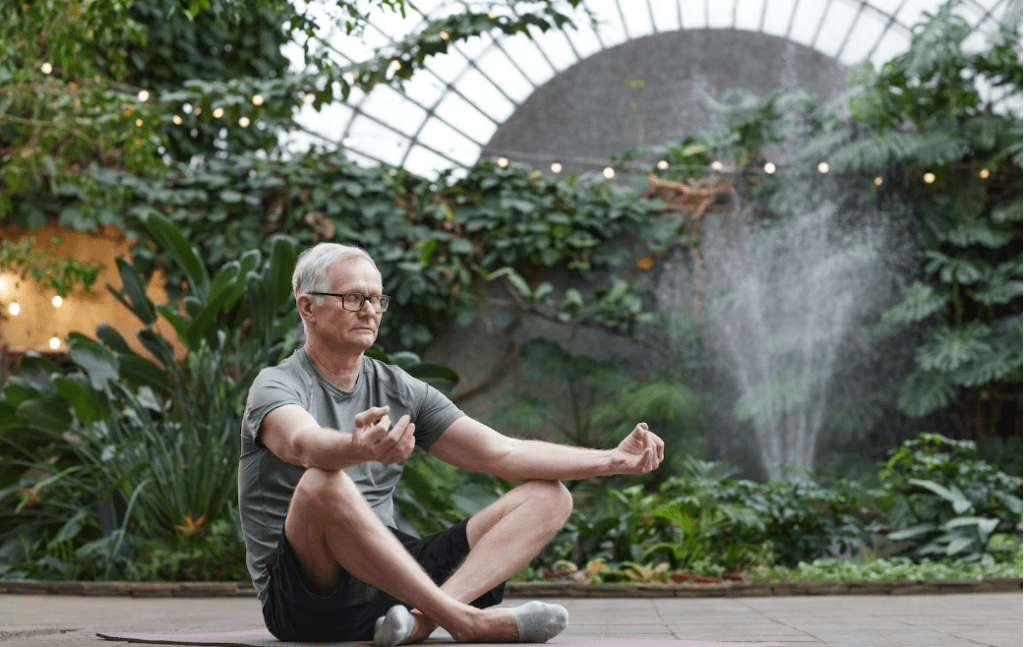Are Meditation and Mindfulness the Same Thing?
Learn about the benefits of meditation and mindfulness and their similarities and differences.

Selfpause Affirmation App
Download the app to get 1,000’s of affirmation meditations and everything you need to write, record and listen to your own.
Many people may ask: “Are meditation and mindfulness the same thing?” The two practices are similar but different. Both involve the active attention of the mind. While a practice like meditation will help you achieve a state of deep relaxation, mindfulness is about paying attention to the five senses. Practicing mindfulness is not a magic cure for anxiety.
Meditation is tapping into a naturally occurring state of mind

The practice of meditation has many benefits. It cleanses the mind of negative thought patterns and produces a sense of peace and detached joy. During meditation, negative thoughts become less frequent and decrease naturally without effort. Just a few minutes in this state can have profound effects. In the modern world, the mind is often overloaded with worries, stress, and anxiety. The benefits of meditation are far-reaching.
It is possible to meditate alone, in a group, or with a meditation trainer. The trainer can be a person, an app, or even a video. It is best to begin slowly, practicing for five or ten minutes at a time. While you’re practicing, make sure to breathe deeply and focus on your breath.
There are a variety of ways to meditate, depending on the time of day you practice. Some people find that they perform better during the morning hours or before bed. However, you should be aware that this practice is hard, and it will take some practice. If you’re not accustomed to meditation, you might find that it distracts you. It is best to try out different meditation techniques and find out what works best for you.
The first step in the practice of meditation is to sit in a comfortable position. You may want to sit on a cushion or on a chair that is sturdy and comfortable. You should cross your legs in front of you or place your feet flat on the floor. Try to focus on a simple object, a religious symbol, or something that represents the highest ideals of your life.
The practice of meditation can improve your relationships, help you feel more relaxed, and improve your overall health. It can also help you reduce your feelings of regret. It helps you become more focused, more intentional, and more clear in your actions. Practicing mindfulness is a lifelong practice.
Mindfulness is paying attention to your five senses

Using your senses is an excellent way to learn to be more mindful. It’s a good idea to sit quietly in a quiet place and focus on each sense for a minute at a time. For a more intense experience, you can also close your eyes to further heighten your sensory perception.
This exercise can be practiced anywhere, either alone or with a partner or family. Start by taking a few deep breaths and engaging all five senses. Try to notice the sounds, the smells, and the buzzing in the air. Take in the feelings and sensations you experience both internally and externally, and count down from five.
Once you’ve learned how to concentrate on your senses, you can practice the practice of meditation. To begin, close your eyes, and take five deep breaths. Next, begin by focusing on each of your five senses, and taking one experience at a time. For example, if you’re in the middle of a busy street, listen to the traffic if it’s moving slowly or observe the colors and shapes of people and objects around you.
The sense of smell is also crucial to meditation. Using aromatherapy or essential oils can help. Some scents, such as jasmine, can have a relaxing effect. Others, like sandalwood, can stimulate the mood. These aromas are known to have different benefits, so choose carefully.
Focusing on the breath can also help reduce negative thoughts. It is a good exercise that can be incorporated into a busy day. Try to add it to your schedule, like at lunch or after a snack. It’s an easy way to slow down and bring your mind into the present moment.
Meditation is not emptying your mind of all thoughts

If you think meditation is all about emptying your mind of all thoughts, think again. You are not trying to get rid of all thoughts, you are simply trying to get in the present moment. This means that you do not have to fight against distractions.
There are several different types of meditation, but the goal is to focus on something other than your thoughts. You should always have some focus while you are meditating, such as your breath, body, mantra, or candle, and bring your attention back to that focus. Meditation may not make you feel serene right away, but it will help you release the stress that is stored in your mind. Meditation may also help you connect with others.
Some studies show that meditation helps you manage stress, boost your mood, boost your immune system, and even cure cancer. It is also proven to calm racing thoughts.
During meditation, you will be able to be more mindful of your body and your breath. You will be able to focus better and more clearly. This will help you become more focused on your business.
Meditation is not a cure for anxiety

Meditation is not a magic cure for anxiety, but it can help you calm your mind and get your thoughts in order. The first step in mindfulness meditation is to follow your breath or your “in-breath.” Another popular meditation technique is “yoga breath,” which involves alternate nostril breathing. Both approaches emphasize the connection between the body and mind and borrow exercises from many disciplines.
Mindfulness meditation can help you learn to treat yourself with self-compassion. Practice kindness towards yourself and acknowledge your progress. Try to break the cycle of trying to make your anxiety go away by telling yourself that it’s normal and that you are doing your best. It’s important to develop a practice and make yourself a friend, but don’t expect instant results.
There are many benefits to meditation, but it is important to know that there are risks and side effects. Some people have experienced negative side effects and found meditation to be beneficial. The downside is that the benefits of meditation may not be long-lasting, and some people may not feel the effects after just a few weeks.
Meditation is not a path to happiness

Meditation may not be the path to happiness, but it is a valuable tool for a happy life. In Buddhism, happiness is found in caring relationships, freedom, and a sense of purpose. A Buddhist view of happiness emphasizes freedom since it liberates the mind from the compulsion to have material possessions. The desire to have things never brings lasting satisfaction. Buddhism also considers the desire to have material possessions “grasping.”
This notion is part of the happiness turn in contemporary Western Buddhism. Happiness research has many methods, including life satisfaction questionnaires and random experience sampling. Santideva’s teachings, for example, suggest that cultivating mindfulness involves relinquishing self and increasing our skills in addressing other people’s needs. In this way, meditation can be a tool for cultivating happiness that comes from wisdom and understanding.
Meditation is a practice that is gaining popularity around the world. Its benefits include helping people calm their minds and streamlining their thought processes. It also stimulates the release of hormones in the body. Its earliest definition comes from Latin, and originally meant contemplation of an object. The Buddha taught that meditation is an essential step towards achieving serenity and insight. In Buddhist culture, monks will often practice meditation multiple times per week.
It is important to note that meditation is not a magical solution to the issues of life. It will not automatically bring happiness to you, and you may have difficult feelings during the initial stages of meditation. However, it is important to keep in mind that the practice will be much easier as time goes on.
Conclusion:
While a practice like meditation will help you achieve a state of deep relaxation, mindfulness is about paying attention to the five senses. The first step in the practice of meditation is to sit in a comfortable position. Once you have learned how to concentrate on your senses, you can practice the practice of meditation. For example, if you are in the middle of a busy street, listen to the traffic if it’s moving slowly or observe the colors and shapes of people and objects around you. During meditation, you will be able to be more mindful of your body and your breath. Meditation is not a panacea for anxiety Meditation is not a magic cure for anxiety, but it can help you calm your mind and get your thoughts in order. The first step in mindfulness meditation is to follow your breath or your “in-breath”. Meditation is not a path to happiness Meditation may not be path to happiness, but it is a valuable tool for a happy life. It is important to note that meditation is not a magical solution to the issues of life. It will not automatically bring happiness to you, and you may have difficult feelings during the initial stages of meditation.
Our Top FAQ's
Meditation is a practice that involves focusing the mind on a particular object, thought, or activity to improve attention, reduce stress and anxiety, and increase calmness and clarity of the mind.
Mindfulness is the practice of being present in the moment and paying attention to one’s thoughts, emotions, and sensations without judgment.
Yes, meditation and mindfulness are related as they both involve being present in the moment and focusing the mind on a particular object or activity.
While both meditation and mindfulness involve focusing the mind, they differ in their specific practices and goals. Meditation typically involves a more formal and structured practice, while mindfulness can be incorporated into everyday activities. Additionally, the goal of meditation is often to quiet the mind and achieve a state of calmness and clarity, while the goal of mindfulness is to cultivate awareness and acceptance of one’s thoughts and emotions.
Yes, one can practice both meditation and mindfulness. In fact, mindfulness can be incorporated into a meditation practice to enhance awareness and focus.
